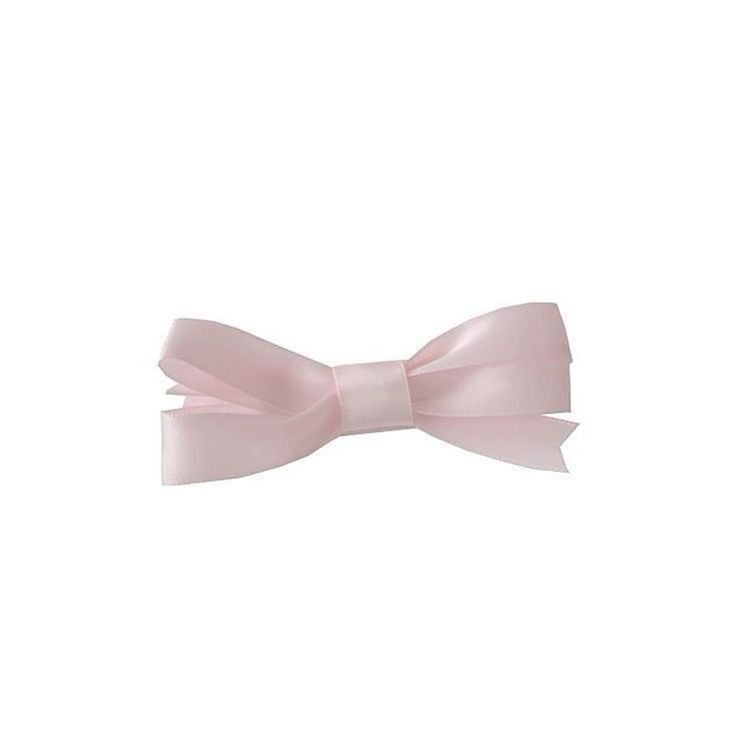chemistry - topic 10
Cards (41)
- What is the primary source of fresh water in the UK?
- What are the main steps in producing potable water from fresh water?
- Why is water quality essential for life?
- What is the term for water that is safe to drink?
- How does potable water differ from pure water?
- What are some sterilising agents used for potable water?
- What is a disadvantage of using chlorine as a sterilising agent?
- What is the advantage of using ultraviolet light for sterilisation?
- What is desalination?
- What are two methods of desalination?
- Why does distillation have high energy costs?
- What are the main steps in waste water treatment?
- What is reverse osmosis?
- What is required to push water through the membrane in reverse osmosis?
- What is the role of chemistry in sustainable development?
- What are the advantages of phytomining and bioleaching for extracting copper?
- What is the equation for the displacement reaction using scrap iron to obtain copper?
- What are the stages of a Life Cycle Assessment (LCA)?
- Why is LCA not a purely objective process?
- What are the advantages of recycling?
- What are the disadvantages of recycling?
- What is corrosion?
- What is rusting?
- What is the chemical equation for rusting?
- How can corrosion be prevented?
- What is sacrificial protection?
- What is an alloy?
- What are some common alloys and their uses?
- What is the carat measurement in gold alloys?
- What are the properties of low carbon and high carbon steels?
- What are thermosetting and thermosoftening polymers?
- How do the properties of polymers depend on their monomers?
- What is soda-lime glass made from?
- What are composites and give examples?
- What are the raw materials for the Haber process?
- What is the chemical equation for the formation of ammonia in the Haber process?
- What are the optimal conditions for the Haber process?
- What are the uses of NPK fertilisers?
- What is the reaction for producing ammonium sulfate from ammonia and sulfuric acid?
- What is the reaction for producing ammonium nitrate from ammonia and nitric acid?
See similar decks
OCR GCSE Chemistry
2187 cardsEdexcel GCSE Chemistry
1615 cardsWJEC GCSE Chemistry
2012 cardsGCSE Chemistry
2586 cardsCCEA GCSE Chemistry
1737 cardsAQA GCSE Chemistry
2458 cardsAQA A-Level Chemistry
2987 cardsTopic 6: Organic Chemistry I
Edexcel A-Level Chemistry952 cardsTopic 5: Separate Chemistry 1
Edexcel GCSE Chemistry164 cardsAP Chemistry
3342 cardsTopic 1: Key Concepts in Chemistry
Edexcel GCSE Chemistry305 cardsOCR A-Level Chemistry
2997 cardsTopic 9: Separate Chemistry 2
Edexcel GCSE Chemistry276 cardsTopic 18: Organic Chemistry III
Edexcel A-Level Chemistry637 cardsTopic 17: Organic Chemistry II
Edexcel A-Level Chemistry633 cardsTopic 4: Inorganic Chemistry and the Periodic Table
Edexcel A-Level Chemistry627 cardsC6.2 Organic Chemistry
OCR GCSE Chemistry > Topic C6: Global Challenges209 cards3. Quantitative chemistry
GCSE Chemistry254 cardsC6.1.2 Green Chemistry
OCR GCSE Chemistry > Topic C6: Global Challenges > C6.1 Improving Processes and Products73 cardsTopic C1: Particles
OCR GCSE Chemistry142 cardsUnit 1: Chemistry of Life
AP Biology464 cards
